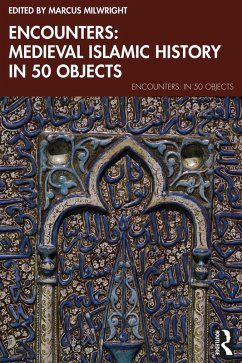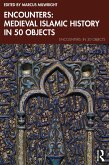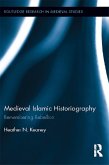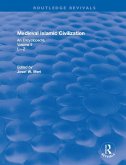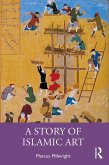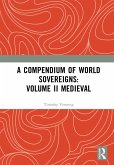These include a wide range of objects from portable items like coins, vessels and books to major constructions, including mosques, tombs, castles, dams, and canal systems. The central argument is that the interdisciplinary study of physical objects provides invaluable perspectives that can deepen or challenge the evidence in the written record. Object-based study can also shed light on the lives of social groups who are seldom discussed in Islamic texts written before the modern period. To demonstrate these points, each case study focusses on a single object or small group of related objects. The case studies combine close analysis of the material and visual characteristics with a discussion of the wider context in which such objects were commissioned, made, used, adapted and exchanged.
The book is intended as an introduction to the historical study of Islamic objects, employing perspectives from the fields of art history, archaeology, numismatics, ethnography, and epigraphy. Written with a minimum of technical language and supported by a critical introduction, an extensive glossary, a timeline and guide for further reading, the book is aimed at students and general readers who are interested in the political, economic, social, cultural, religious and intellectual histories of the Islamic world.
Dieser Download kann aus rechtlichen Gründen nur mit Rechnungsadresse in A, B, BG, CY, CZ, D, DK, EW, E, FIN, F, GR, HR, H, IRL, I, LT, L, LR, M, NL, PL, P, R, S, SLO, SK ausgeliefert werden.

